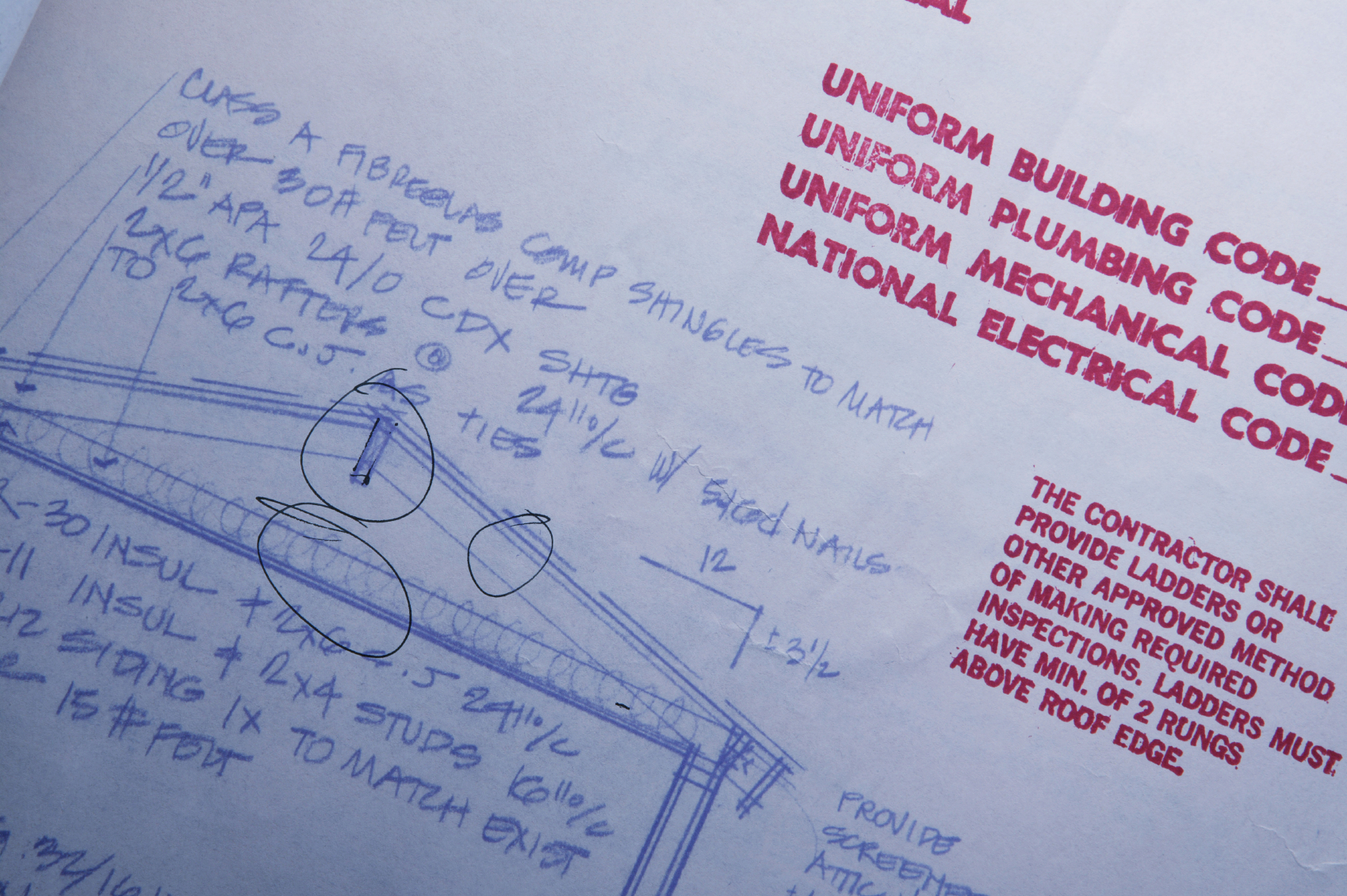In Florida all Commercial Interior Designers must be licensed through the State in order to ensure your project is safe and efficient for public use. A Commercial Interior Designer is technically classified as a registered and licensed person in charge of tasks such as designing, consulting, drawing, creating specifications and administration of non-structural interior elements. There are interior designers that work on private residential properties and commercial interior designers trained to work on commercial buildings. Commercial interior designers must meet requirements set by Florida State and obtain certain licensing in order to legally operate in the state of Florida.
Residential VS. Commercial Interior Designers
A Commercial Interior Designer is responsible for creating a ceiling plan, which is a precise scaled diagram of a building and all of its planned interior elements as viewed from above, such as furnishings, nonstructural elements, space planning, etc. This requires a certain skill set that must be learned and exercised prior to completing any work professionally. In order to ensure the safety of your design, the person you designate for this job must be licensed through the State of Florida.
On the other hand, Residential Interior Designers do not have to obtain a license to practice their trade, that’s why the two categories are separate and must be treated as such. Single family homes, multifamily homes, apartments, townhouses, and two-family homes are all considered residential, and therefore require no licensing for interior design. This does not apply to public common spaces located within an apartment complex, for example. These shared spaces do require a commercial interior designer because they are intended for public use.
A person must be a registered interior designer to take on a commercial project, as stated by Part 1 in Florida Chapter 481. The court case Locke V. Shore relates to this. It ruled that one must be a registered interior designer in order to work on a commercial property but anyone can operate under the title “interior designer,” so long as they only work on private residences if they don’t have the proper licensing.
For More Information: http://www.myfloridalicense.com/dbpr/pro/division/Servicesthatrequirealicense_interiordesigner.html
Hiring A Commercial Interior Designer
Your designer is your link to a safe and well-used space. After all, they have the license, proper education and experience to make sure your space is safe and used as intended by the public. This is a huge responsibility to endow someone with, as even the smallest mistake could end in a lawsuit you are responsible for.
A commercial interior designer has a lot of pull in the final outcome of a project. The typical job duties for this person includes helping to create an original plan of action such as, space planning, budget analysis, furniture specifications, and so forth. They also work with other members of the team in order to ensure all parts work together seamlessly. They are in charge of developing the plan and then making sure all of the pieces fall into place as planned.
Commercial Interior Designer Vs. Decorator
There is a big difference between a commercial interior designer and an interior decorator. These two identities are often confused for the same thing, but they are not interchangeable by any means.
A Commercial Interior Designer is a professional career that requires taking and passing specific educational courses as well as a final test. After becoming licensed, most interior designers apprentice under an already established designer in order to fully understand their trade before they create their own company and branch off. As part of their training, designers work in spatial planning, and are capable of designing and completely renovating interiors. They aren’t just hired to make a room look pretty, but to make it function better as well. They handle every last aesthetic detail from drawing up floor plans to placing decorative accents in just the right places.
Commercial interior designers work with architects and contractors in order to create highly functional, safe and aesthetically pleasing spaces that accommodates all types of people.
An Interior Decorator, on the other hand, may have formal training but it is not required because their job title includes dressing up spaces, not redesigning them. Since they are not in charge of tearing down walls or figuring out where to move large-scale appliances they don’t need the same educational background and experience. Decorators do not typically get involved with the planning of structural elements. Instead, they find the right colors, patterns and accessories to make a room or space look better.
As a long-time general contractor, PCI is known for overseeing superior designs thanks to our extensive experience. In fact, we work with some of the best Commercial Interior Designers in the industry. Contact us today to learn how we can help your next project run smooth, follow regulations, stay on budget and turn out perfect.

